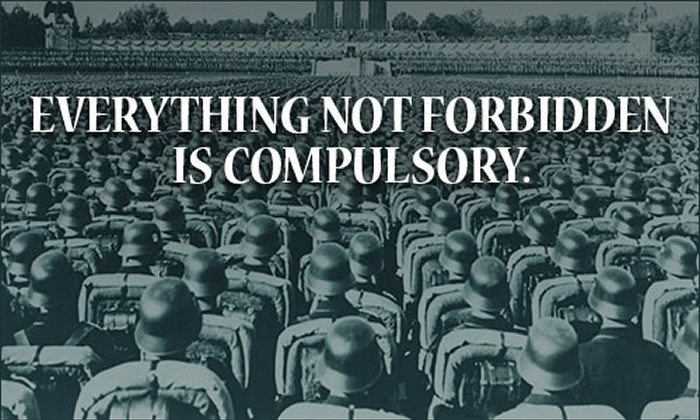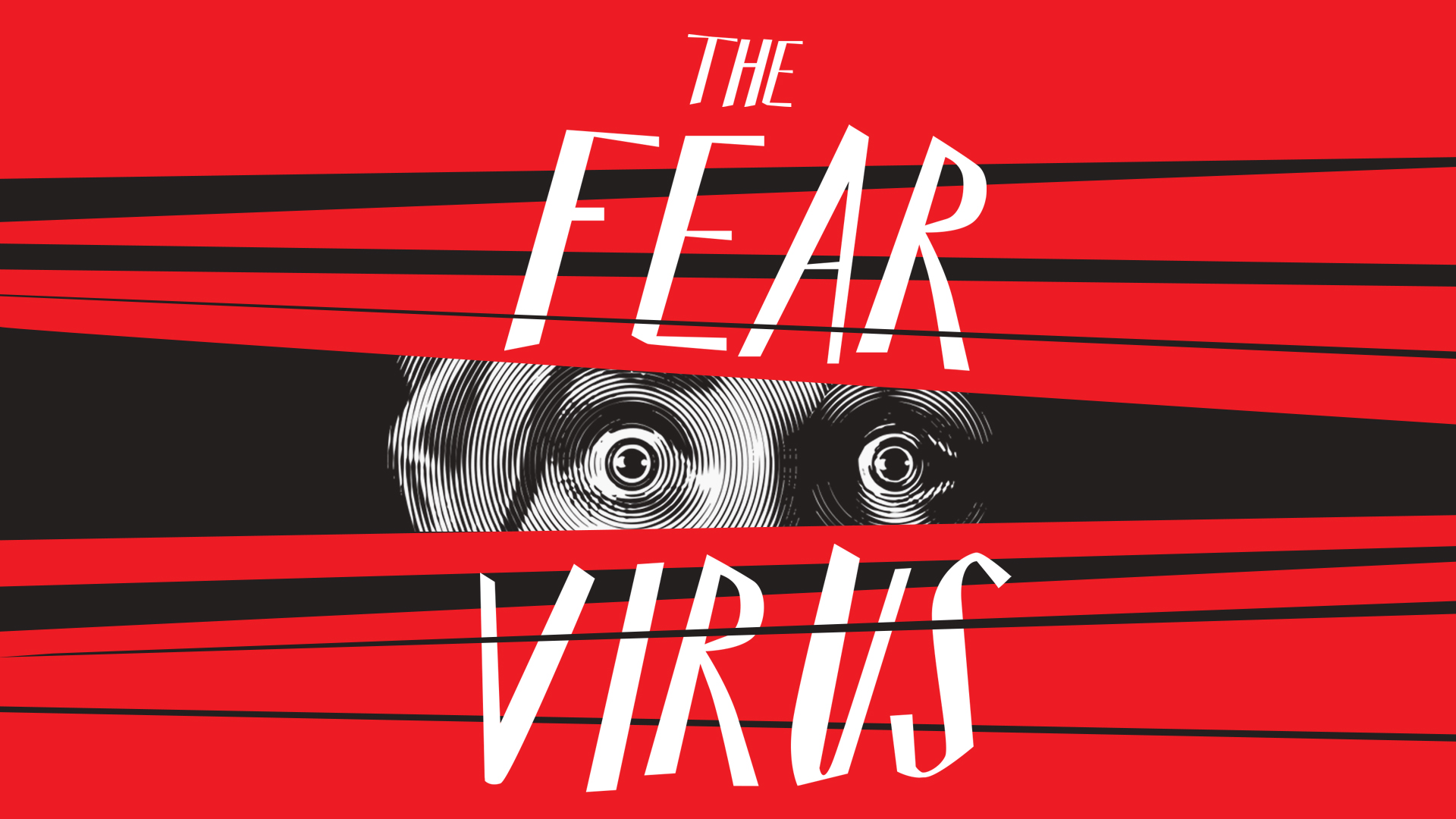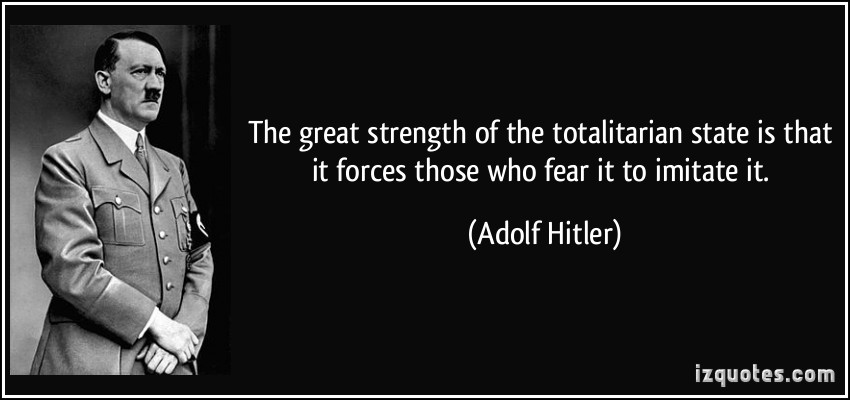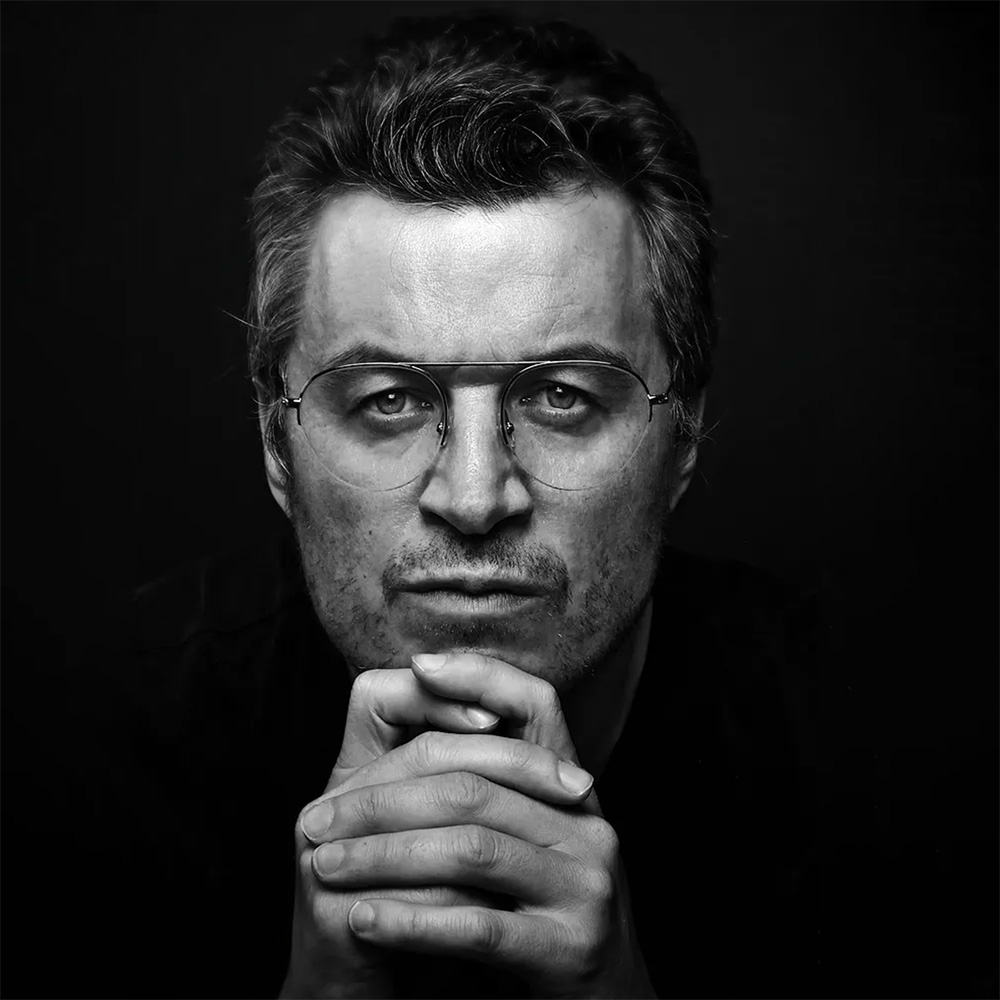At the end of February 2020, the global village began to shake on its foundations. The world was presented with a foreboding crisis, the consequences of which were incalculable. In a matter of weeks, everyone was gripped by the story of a virus—a story that was undoubtedly based on facts. But on which ones?
We caught a first glimpse of “the facts” via footage from China. A virus forced the Chinese government to take the most draconian measures. Entire cities were quarantined, new hospitals were built hastily, and individuals in white suits disinfected public spaces. Here and there, rumors emerged that the totalitarian Chinese government was overreacting and that the new virus was no worse than the flu.
Opposite opinions were also floating around: that it must be much worse than it looked, because otherwise no government would take such radical measures. At that point, everything still felt far removed from our shores and we assumed that the story did not allow us to gauge the full extent of the facts.
Until the moment that the virus arrived in Europe. We then began recording infections and deaths for ourselves. We saw images of overcrowded emergency rooms in Italy, convoys of army vehicles transporting corpses, morgues full of coffins. The renowned scientists at Imperial College confidently predicted that without the most drastic measures, the virus would claim tens of millions of lives. In Bergamo, sirens blared day and night, silencing any voice in a public space that dared to doubt the emerging narrative. From then on, story and facts seemed to merge and uncertainty gave way to certainty.
The unimaginable became reality: we witnessed the abrupt pivot of nearly every country on earth to follow China’s example and place huge populations of people under de facto house arrest, a situation for which the term “lockdown” was coined. An eerie silence descended—ominous and liberating at the same time. The sky without airplanes, traffic arteries without vehicles; dust settling on the standstill of billions of people’s individual pursuits and desires. In India, the air became so pure that, for the first time in thirty years, in some places the Himalayas became once more visible against the horizon.
It didn’t stop there. We also saw a remarkable transfer of power.

Expert virologists were called upon as Orwell’s pigs—the smartest animals on the farm—to replace the unreliable politicians. They would run the animal farm with accurate (“scientific”) information. But these experts soon turned out to have quite a few common, human flaws. In their statistics and graphs they made mistakes that even “ordinary” people would not easily make. It went so far that, at one point, they counted all deaths as corona deaths, including people who had died of, say, heart attacks.
Nor did they live up to their promises. These experts pledged that the Gates to Freedom would re-open after two doses of the vaccine, but then they contrived the need for a third.
Like Orwell’s pigs, they changed the rules overnight.

First, the animals had to comply with the measures because the number of sick people could not exceed the capacity of the health care system (flatten the curve). But one day, everyone woke up to discover writing on the walls stating that the measures were being extended because the virus had to be eradicated (crush the curve). Eventually, the rules changed so often that only the pigs seemed to know them. And even the pigs weren’t so sure.
Some people began to nurture suspicions. How is it possible that these experts make mistakes that even laymen wouldn’t make? Aren’t they scientists, the kind of people who took us to the moon and gave us the internet? They can’t be that stupid, can they? What is their endgame? Their recommendations take us further down the road in the same direction: with each new step, we lose more of our freedoms, until we reach a final destination where human beings are reduced to QR codes in a large technocratic medical experiment.

That’s how most people eventually became certain. Very certain. But of diametrically opposed viewpoints. Some people became certain that we were dealing with a killer virus, that would kill millions. Others became certain that it was nothing more than the seasonal flu. Still others became certain that the virus did not even exist and that we were dealing with a worldwide conspiracy. And there were also a few who continued to tolerate uncertainty and kept asking themselves: how can we adequately understand what is going on?
In the beginning of the coronavirus crisis I found myself making a choice—I would speak out. Before the crisis, I frequently lectured at University and I presented on academic conferences worldwide. When the crisis started, I intuitively decided that I would speak out in public space, this time not addressing the academic world, but society in general. I would speak out and try to bring to peoples’ attention that there was something dangerous out there, not “the virus” itself so much as the fear and technocratic–totalitarian social dynamics it was stirring up.

I was in a good position to warn for the psychological risks of the corona narrative. I could draw on my knowledge of individual psychological processes (I am a lecturing professor at Ghent University, Belgium); my PhD on the dramatically poor quality of academic research which taught me that we can never take “science” for granted; my master degree in statistics which allowed me to see through statistical deception and illusions; my knowledge of mass psychology; my philosophical explorations of the limits and destructive psychological effects of the mechanist-rationalist view on man and the world; and last but not least, my investigations into the effects of speech on the human being and the quintessential importance of “Truth Speech” in particular.
In the first week of the crisis, March 2020, I published an opinion paper titled “The Fear of the Virus Is More Dangerous Than the Virus Itself.”

I had analyzed the statistics and mathematical models on which the coronavirus narrative was based and immediately saw that they all dramatically overrated the dangerousness of the virus. A few months later, by the end of May 2020, this impression had been confirmed beyond the shadow of a doubt. There were no countries, including those that didn’t go into lockdown, in which the virus claimed the enormous number of casualties the models predicted it would. Sweden was perhaps the best example. According to the models, at least 60,000 people would die if the country didn’t go into lockdown. It didn’t, and only 6,000 people died.
As much as I (and others) tried to bring this to the attention of society, it didn’t have much effect. People continued to go along with the narrative. That was the moment when I decided to focus on something else, namely on the psychological processes that were at work in society and that could explain how people can become so radically blind and continued to buy into a narrative so utterly absurd. It took me a few months to realize that what was going on in society was a worldwide process of mass formation.
In the summer of 2020, I wrote an opinion paper about this phenomenon which soon became well known in Holland and Belgium. About one year later (summer 2021) Reiner Fuellmich invited me onto Corona Ausschuss, a weekly live-stream discussion between lawyers and both experts and witnesses about the coronavirus crisis, to explain about mass formation. From there, my theory spread to the rest of Europe and the United States, where it was picked up by such people as Dr. Robert Malone, Dr. Peter McCullough, Michael Yeadon, Eric Clapton, and Robert Kennedy.
After Robert Malone talked about mass formation on the Joe Rogan Experience, the term became a buzz word and for a few days was the most searched for term on Twitter. Since then, my theory has met with enthusiasm but also with harsh criticism.
What is mass formation actually? It’s a specific kind of group formation that makes people radically blind to everything that goes against what the group believes in. In this way, they take the most absurd beliefs for granted. To give one example, during the Iran revolution in 1979, a mass formation emerged and people started to believe that the portrait of their leader—Ayatollah Khomeini—was visible on the surface of the moon. Each time there was a full moon in the sky, people in the street would point at it, showing each other where exactly Khomeini’s face could be seen.
A second characteristic of an individual in the grip of mass formation is that they become willing to radically sacrifice individual interest for the sake of the collective. The communist leaders who were sentenced to death by Stalin—usually innocent of the charges against them—accepted their sentences, sometimes with statements such as, “If that is what I can do for the Communist Party, I will do it with pleasure.”
Thirdly, individuals in mass formation become radically intolerant for dissonant voices. In the ultimate stage of the mass formation, they will typically commit atrocities toward those who do not go along with the masses. And even more characteristic: they will do so as if it is their ethical duty. To refer to the revolution in Iran again: I’ve spoken with an Iranian woman who had seen with her own eyes how a mother reported her son to the state and hung the noose with her own hands around his neck when he was on the scaffold. And after he was killed, she claimed to be a heroine for doing what she did.
Those are the effects of mass formation. Such processes can emerge in different ways. It can emerge spontaneously (as happened in Nazi Germany), or it can be intentionally provoked through indoctrination and propaganda (as happened in the Soviet Union). But if it is not constantly supported by indoctrination and propaganda disseminated through mass media, it will usually be short-lived and will not develop into a full-fledged totalitarian state. Whether it initially emerged spontaneously or was provoked intentionally from the beginning, no mass formation, however, can continue to exist for any length of time unless it is constantly fed by indoctrination and propaganda disseminated through mass media. If this happens, mass formation becomes the basis of an entirely new kind of state that emerged for the first time in the beginning of the twentieth century: the totalitarian state. This kind of state has an extremely destructive impact on the population because it doesn’t only control public and political space—as classical dictatorships do—but also private space. It can do the latter because it has a huge secret police at its disposal: this part of the population that is in the grip of the mass formation and that fanatically believes in the narratives distributed by the elite through mass media. In this way, totalitarianism is always based on “a diabolic pact between the masses and the elite” (see Arendt, The Origins of Totalitarianism).
I second an intuition articulated by Hannah Arendt in 1951: a new totalitarianism is emerging in our society. Not a communist or fascist totalitarianism but a technocratic totalitarianism. A kind of totalitarianism that is not led by “a gang leader” such as Stalin or Hitler but by dull bureaucrats and technocrats. As always, a certain part of the population will resist and won’t fall prey to the mass formation. If this part of the population makes the right choices, it will ultimately be victorious. If it makes the wrong choices, it will perish. To see what the right choices are, we have to start from a profound and accurate analysis of the nature of the phenomenon of mass formation. If we do so, we will clearly see what the right choices are, both at strategic and at the ethical levels. That’s what my book The Psychology of Totalitarianism presents: a historical–psychological analysis of the rise of the masses throughout the last few hundreds of years as it led to the emergence of totalitarianism.
The coronavirus crisis did not come out of the blue. It fits into a series of increasingly desperate and self-destructive societal responses to objects of fear: terrorists, global warming, coronavirus. Whenever a new object of fear arises in society, there is only one response: increased control. Meanwhile, human beings can only tolerate a certain amount of control. Coercive control leads to fear and fear leads to more coercive control. In this way, society falls victim to a vicious cycle that leads inevitably to totalitarianism (i.e., extreme government control) and ends in the radical destruction of both the psychological and physical integrity of human beings.

We have to consider the current fear and psychological discomfort to be a problem in itself, a problem that cannot be reduced to a virus or any other “object of threat.” Our fear originates on a completely different level—that of the failure of the Grand Narrative of our society. This is the narrative of mechanistic science, in which man is reduced to a biological organism. A narrative that ignores the psychological, spiritual, and ethical dimensions of human beings and thereby has a devastating effect at the level of human relationships. Something in this narrative causes man to become isolated from his fellow man, and from nature. Something in it causes man to stop resonating with the world around him. Something in it turns human beings into atomized subjects. It is precisely this atomized subject that, according to Hannah Arendt, is the elementary building block of the totalitarian state.
At the level of the population, the mechanist ideology created the conditions that make people vulnerable for mass formation. It disconnected people from their natural and social environment, created experiences of radical absence of meaning and purpose in life, and it led to extremely high levels of so-called “free-floating” anxiety, frustration, and aggression, meaning anxiety, frustration, and aggression that is not connected with a mental representation; anxiety, frustration, and aggression in which people don’t know what they feel anxious, frustrated, and aggressive about. It is in this state that people become vulnerable to mass formation.

The mechanist ideology also had a specific effect at the level of the “elite”—it changed their psychological characteristics. Before the Enlightenment, society was led by noblemen and clergy (the “ancien régime”). This elite imposed its will on the masses in an overt way through its authority. This authority was granted by the religious Grand Narratives that held a firm grip on people’s minds. As the religious narratives lost their grip and modern democratic ideology emerged, this changed. The leaders now had to be elected by the masses. And in order to be elected by the masses, they had to find out what the masses wanted and more or less give it to them. Hence, the leaders actually became followers.
This problem was met in a rather predictable but pernicious way. If the masses cannot be commanded, they have to be manipulated. That’s where modern indoctrination and propaganda was born, as it is described in the works of people such as Lippman, Trotter, and Bernays. We will go through the work of the founding fathers of propaganda in order to fully grasp the societal function and impact of propaganda on society. Indoctrination and propaganda are usually associated with totalitarian states such as the Soviet Union, Nazi Germany, or the People’s Republic of China. But it is easy to show that from the beginning of the twentieth century, indoctrination and propaganda were also constantly used in virtually every “democratic” state worldwide. Besides these two, we will describe other techniques of mass-manipulation, such as brainwashing and psychological warfare.
In modern times, the explosive proliferation of mass surveillance technology led to new and previously unimaginable means for the manipulation of the masses. And emerging technological advances promise a completely new set of manipulation techniques, where the mind is materially manipulated through technological devices inserted in the human body and brain. At least that’s the plan. It’s not clear yet to what extent the mind will cooperate.
Totalitarianism is not a historical coincidence. It is the logical consequence of mechanistic thinking and the delusional belief in the omnipotence of human rationality. As such, totalitarianism is a defining feature of the Enlightenment tradition. Several authors have postulated this, but it hasn’t yet been subjected to a psychological analysis. I decided to try to fill this gap, which is why I wrote The Psychology of Totalitarianism. It analyzes the psychology of totalitarianism and situates it within the broader context of the social phenomena of which it forms a part.
It is not my aim with the book to focus on that which is usually associated with totalitarianism—concentration camps, indoctrination, propaganda—but rather the broader cultural–historical processes from which totalitarianism emerges. This approach allows us to focus on what matters most: the conditions that surround us in our daily lives, from which totalitarianism takes root, grows, and thrives.

Ultimately, my book explores the possibilities of finding a way out of the current cultural impasse in which we appear to be stuck. The escalating social crises of the early twenty-first century are the manifestation of an underlying psychological and ideological upheaval—a shift of the tectonic plates on which a worldview rests. We are experiencing the moment in which an old ideology rears up in power, one last time, before collapsing. Each attempt to remediate the current social problems, whatever they may be, on the basis of the old ideology will only make things worse. One cannot solve a problem using the same mindset that created it. The solution to our fear and uncertainty does not lie in the increase of (technological) control. The real task facing us as individuals and as a society is to envision a new view of humankind and the world, to find a new foundation for our identity, to formulate new principles for living together with others, and to reclaim a timely human capacity—Truth Speech.
BLOG COMMENTS POWERED BY DISQUS































































